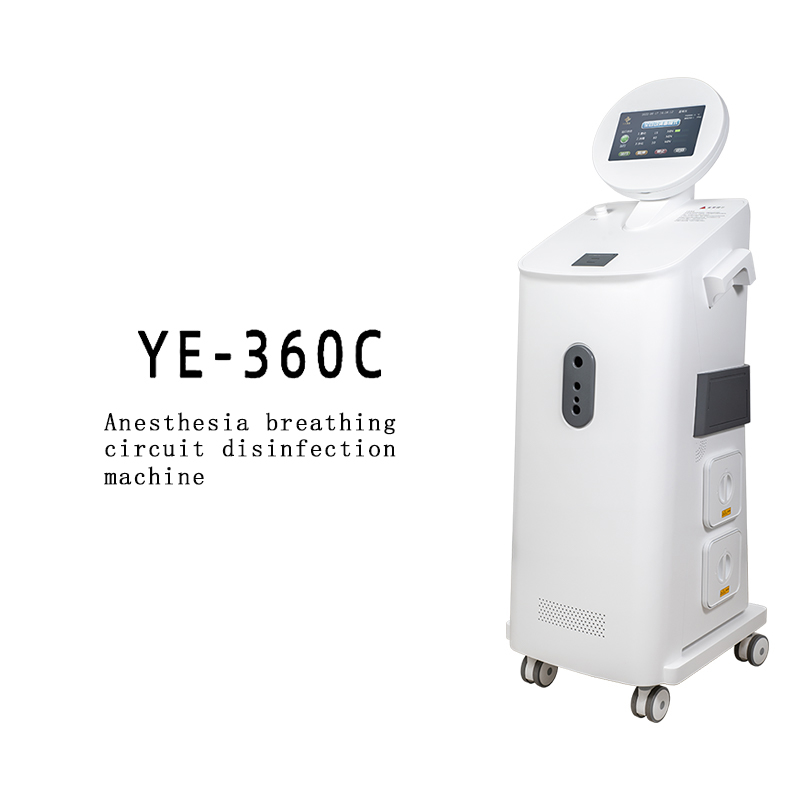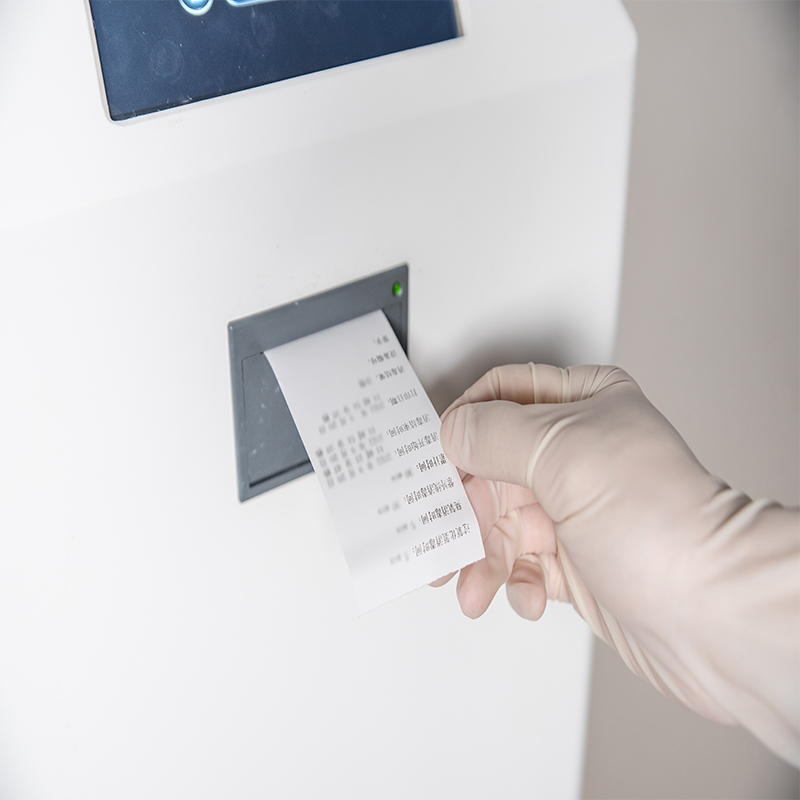Disinfection of the Ventilator Circuit: Ensuring Safety and Optimal Performance
Why Disinfection is Vital
The ventilator circuit is a complex system that includes various components such as breathing tubes, humidifiers, filters, and connectors. These components can become contaminated with bacteria, viruses, and other microorganisms, posing a risk of healthcare-associated infections. Regular disinfection helps prevent the transmission of pathogens and ensures the optimal functioning of the ventilator.
Proper Guidelines for Disinfection
Healthcare facilities should have clear protocols and guidelines for the disinfection of ventilator circuits. These guidelines may vary depending on the specific ventilator model and the manufacturer's recommendations. It is crucial to familiarize oneself with these guidelines and ensure strict adherence to them.
Step-by-Step Disinfection Process
1. Prepare: Before starting the disinfection process, gather all necessary supplies, including disinfectants recommended by the manufacturer.
2. Disassemble: Disconnect all components of the ventilator circuit, including the breathing tubes, connectors, and filters.
3. Clean: Rinse the disassembled components under running water to remove mucus and other secretions. Use a mild detergent or enzymatic cleaner to clean these components thoroughly. Follow the manufacturer's instructions for cleaning and rinsing.
4. Disinfect: Apply the recommended disinfectant to each component, ensuring complete coverage. Pay special attention to high touch areas and connectors. Allow the disinfectant to sit for the recommended contact time.
5. Rinse: After the disinfectant's contact time, rinse all components thoroughly with sterile water to remove any residual disinfectant.
6. Dry and Reassemble: Allow the components to air dry or use a clean, lint-free cloth to dry them. Once completely dry, reassemble the ventilator circuit following the manufacturer's instructions.
Tips for Effective Disinfection
- Train healthcare providers on the proper disinfection technique and ensure regular competency assessments.
- Store and handle disinfectants according to the manufacturer's instructions.
- Establish a system for tracking the disinfection schedule, ensuring that no component is overlooked.
- Routinely inspect the ventilator circuit for any signs of wear or damage and replace worn-out parts promptly.
- Consider using disposable components whenever possible to reduce the risk of contamination.
Conclusion
Regular disinfection of the ventilator circuit is crucial to ensure patient safety and optimal performance. By following the proper guidelines and implementing effective disinfection practices, healthcare providers can minimize the transmission of pathogens and maintain a clean environment. Adhering to these practices will help improve the quality of care and enhance patient outcomes.

